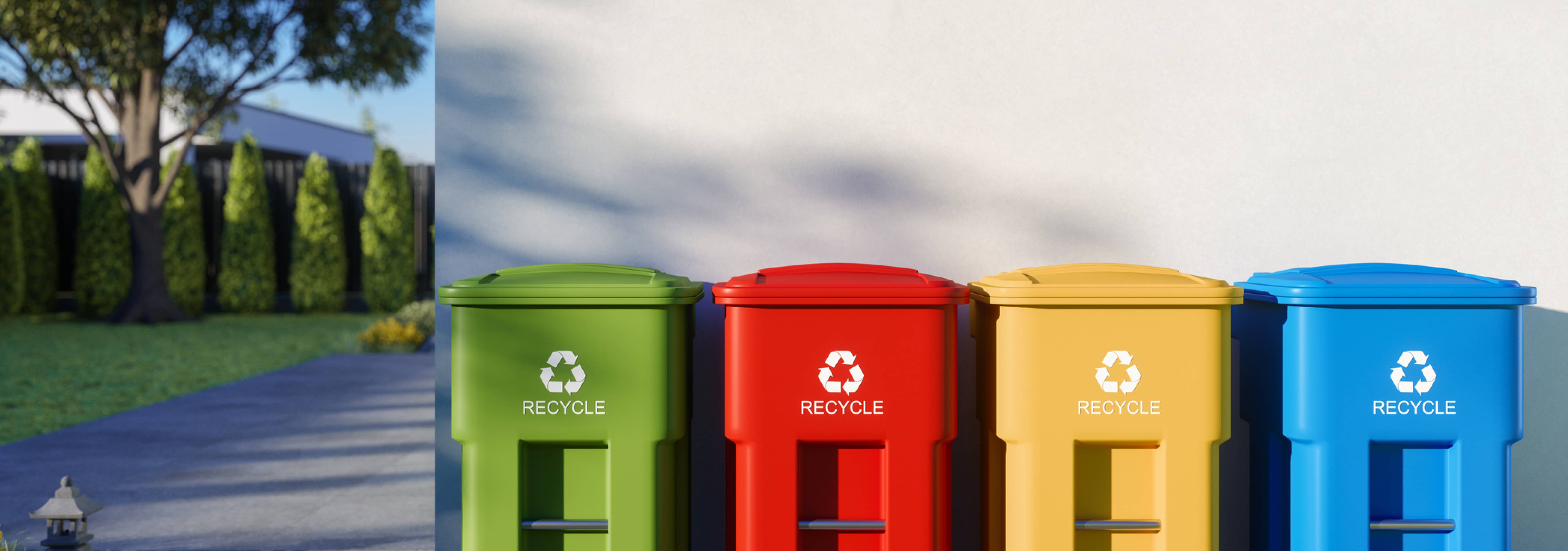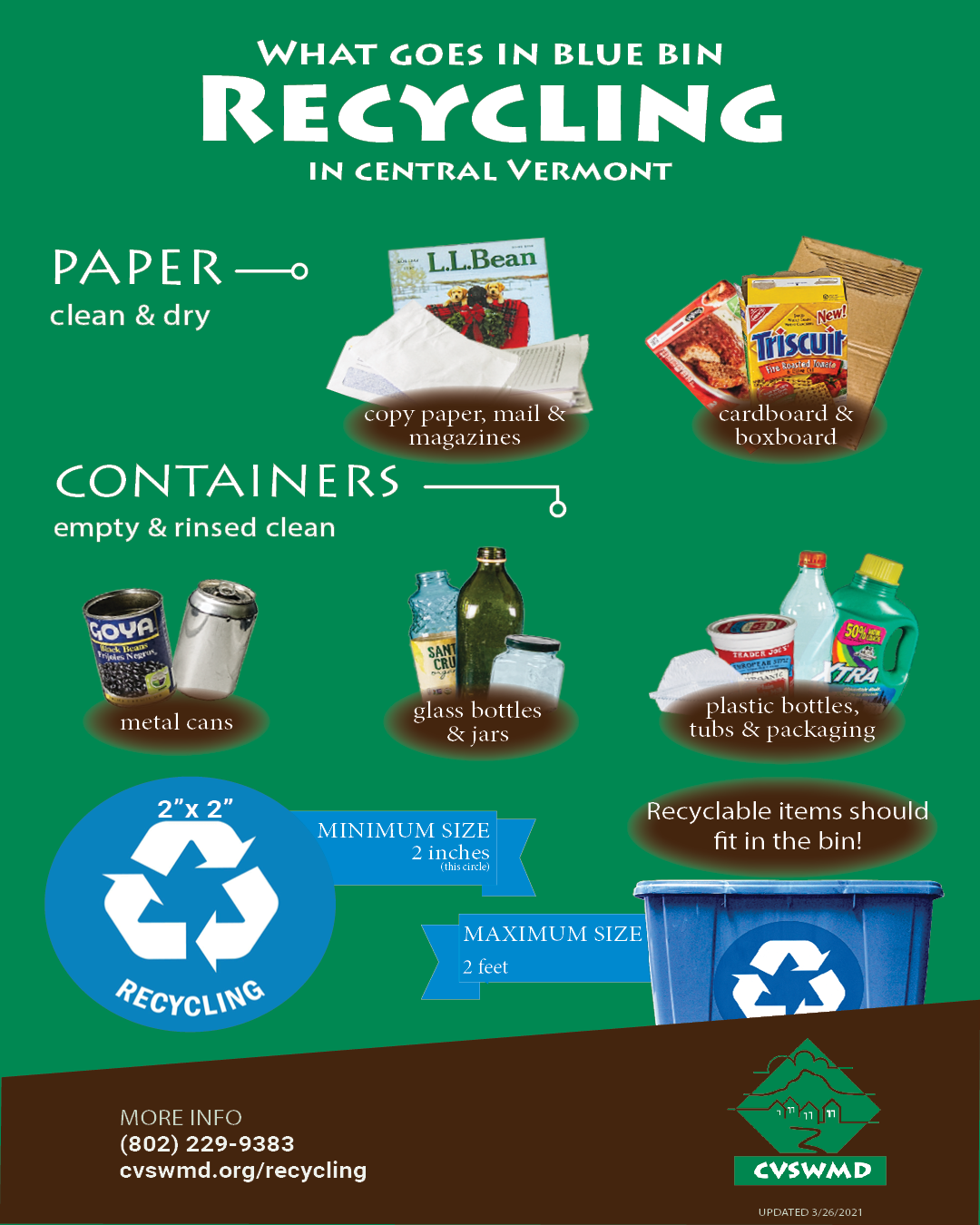The Role of Recycling Lives Services in Supporting Local Areas
The Role of Recycling Lives Services in Supporting Local Areas
Blog Article
Exploring Various Kinds of Waste in Modern Waste Monitoring Equipment
The modern landscape of waste administration entails browsing a complicated range of waste types, each requiring specialized handling and disposal methods to alleviate environmental effects. Local strong waste, harmful waste, digital waste, and organic waste each present unique challenges and possibilities for resource recovery.
Metropolitan Strong Waste
Community solid waste, often referred to as house garbage or waste, encompasses a variety of thrown out materials created by household, commercial, and institutional sources within a district. This waste stream usually includes products such as product packaging, food scraps, lawn trimmings, paper, plastics, fabrics, and discarded house items. The management of local strong waste is a crucial element of metropolitan planning and public health, demanding efficient collection, transport, and disposal systems.
Efficient waste monitoring systems are made to decrease environmental effect while maximizing resource healing. Composting natural waste, such as food scraps and backyard trimmings, not just minimizes land fill usage yet additionally creates valuable dirt modifications.
Districts must likewise address the economic and logistical challenges linked with waste monitoring. Carrying out pay-as-you-throw systems, enhancing public recognition, and investing in innovation can significantly improve waste diversion prices. By integrating these methods, communities can promote sustainable communities, reduce greenhouse gas emissions, and conserve natural deposits.
Hazardous Waste

Effective hazardous waste monitoring includes several important steps: identification, disposal, treatment, and partition. Partition makes sure that harmful materials are stored independently from non-hazardous waste to protect against cross-contamination.
Governing structures, such as the Resource Preservation and Recuperation Act (RCRA) in the USA, offer guidelines and criteria for contaminated materials administration. Adherence to these regulations, paired with innovations in waste therapy technologies, is essential in minimizing the dangers connected with contaminated materials.
Digital Waste
Electronic waste, commonly described as e-waste, represents a quickly growing obstacle in waste administration systems globally. This kind of waste includes discarded digital gadgets and equipment such as mobile phones, computers, tvs, and other digital devices. The fast rate of technological advancement, combined with decreasing item lifespans and consumer need for the most recent devices, has actually exponentially raised the quantity of e-waste created every year.
E-waste is specifically problematic as a result of its complex structure, usually including unsafe substances like cadmium, mercury, and lead, which pose considerable ecological and health risks otherwise effectively managed. Conversely, e-waste likewise consists of beneficial materials such as copper, silver, and gold, which can be recovered and recycled. The dual nature of e-waste-- both harmful and useful-- necessitates specialized handling, recycling, and disposal processes.
Efficient e-waste administration entails rigorous governing structures, durable collection systems, and progressed reusing modern technologies. Public recognition and engagement are crucial, as improper disposal practices, such as illegal dumping and casual recycling, aggravate ecological contamination and carcinogen. Improving e-waste management practices is essential for minimizing eco-friendly effect and recuperating important resources in a significantly electronic globe.

Organic Waste
Organic waste, comprising cooking area scraps, lawn trimmings, and farming residues, stands for a significant section of the international waste see this stream. This kind of waste is eco-friendly, implying it can be damaged down by microorganisms right into simpler organic substances. In spite of its capacity for all-natural decomposition, inappropriate administration of organic waste can lead to negative environmental influences, including the discharge of greenhouse gases such as methane, which add to climate change.
Effective monitoring of natural waste is important for lessening these environmental impacts (recycling lives services). Composting is a widely embraced method, transforming organic waste into nutrient-rich garden compost that can enhance soil health and wellness and agricultural efficiency. Furthermore, anaerobic digestion is an emerging modern technology that converts natural waste into biogas, a renewable energy source, and digestate, which can be made use of as fertilizer
Municipalities and waste administration entities should execute robust natural waste collection and treatment programs to take full advantage of the benefits of these processes. Public education campaigns can likewise play an essential function in motivating houses and services to different natural waste from various other kinds of waste. By prioritizing the monitoring of organic waste, societies can minimize land fill use, reduced greenhouse gas discharges, and create valuable results for farming use.

Cutting-edge Waste Monitoring
In the realm of waste management, innovative methodologies are changing exactly how societies manage their refuse, intending for sustainability and performance. One famous development is the implementation of smart waste containers equipped with sensors that keep track of fill levels and maximize collection paths.
Another remarkable growth is the adoption of waste-to-energy (WtE) technologies. By transforming non-recyclable waste into useful power through procedures such as incineration and anaerobic food digestion, WtE reduces garbage dump concern and provides an eco-friendly energy source. In addition, improvements in chemical recycling permit the malfunction of complex plastics right into their original monomers, allowing the creation of brand-new, top quality plastic items.
In addition, the circular economic situation model is getting traction, highlighting the layout of products and systems that focus on reusability and resource performance. This holistic technique encourages markets to decrease waste generation from the outset. With these cutting-edge strategies, contemporary waste monitoring systems are not only attending to the prompt challenges of waste disposal yet also leading the way for an extra lasting future.
Conclusion
An extensive understanding of metropolitan strong waste, hazardous waste, electronic waste, and organic waste, combined with the execution of cutting-edge waste management services, is imperative for reducing ecological influences. Incorporating modern technologies such as smart waste bins and waste-to-energy systems can enhance effectiveness and sustainability. Efficient waste straight from the source administration techniques not i thought about this only foster resource recovery but also promote public awareness and participation, ultimately contributing to the development of a circular economy.
The contemporary landscape of waste management entails navigating a complex array of waste types, each requiring specialized handling and disposal methods to mitigate ecological influences. Metropolitan strong waste, harmful waste, electronic waste, and organic waste each present distinct obstacles and possibilities for source healing.Electronic waste, typically referred to as e-waste, represents a swiftly expanding difficulty in waste management systems worldwide. Through these cutting-edge approaches, contemporary waste management systems are not just resolving the prompt difficulties of waste disposal however also leading the method for a more lasting future.
A detailed understanding of community strong waste, unsafe waste, electronic waste, and organic waste, paired with the application of innovative waste monitoring options, is crucial for reducing ecological effects. (recycling lives services)
Report this page